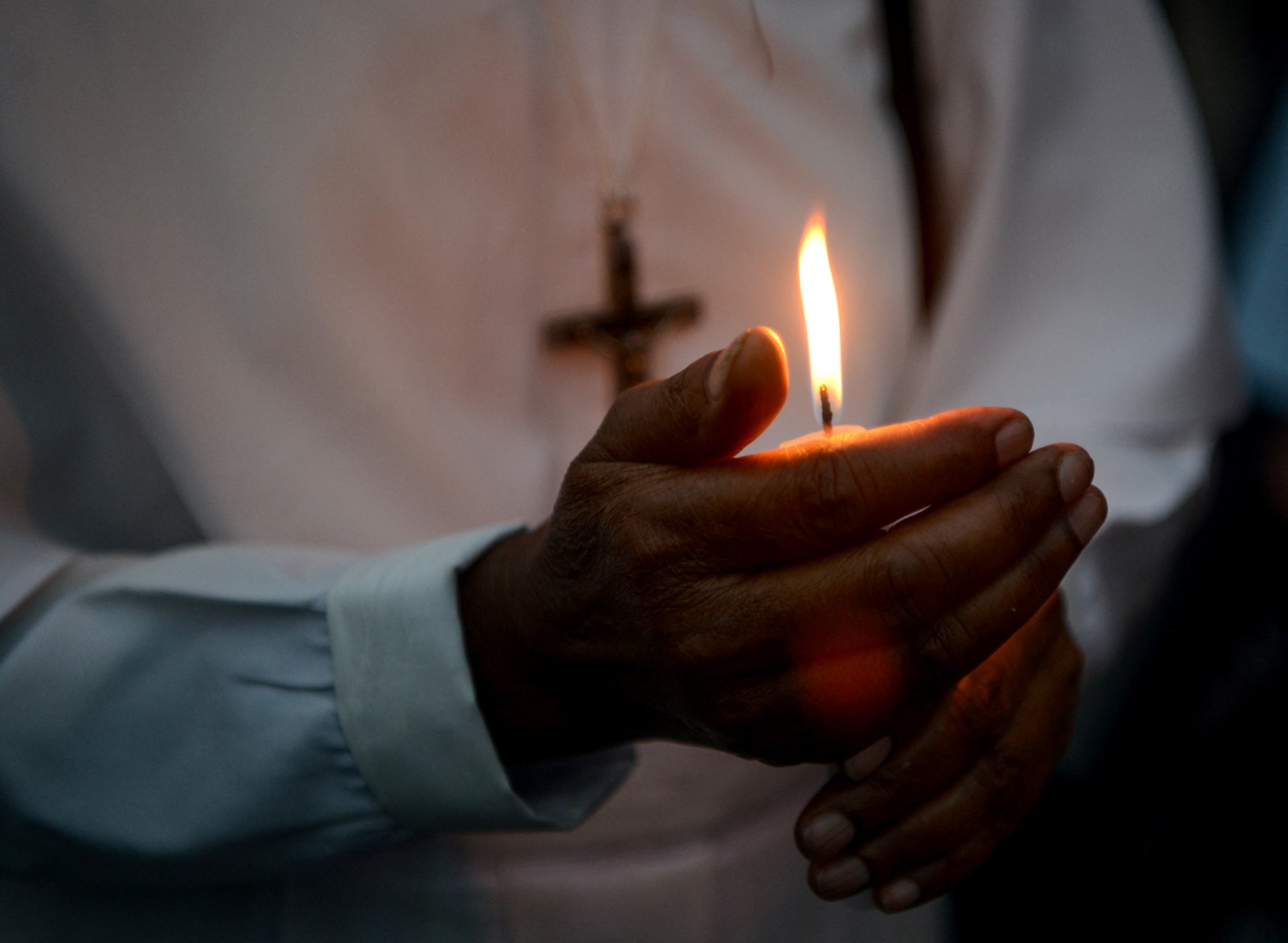Muslims grew fastest, Christians declined in share as the global religious landscape shifted from 2010 to 2020, Pew Research Center data show.
The global religious makeup changed notably over the last decade, with Islam expanding more rapidly than any other faith and Christianity falling behind global population growth.
According to a comprehensive analysis by the Pew Research Center, most major religions grew in absolute numbers between 2010 and 2020, but not all kept pace with the world’s population increase.
Christianity remained the world’s largest religion, with 2.3 billion adherents—up by 122 million from 2010. However, as a percentage of the global population, Christians declined by 1.8 percentage points, from 30.6% to 28.8%.
In contrast, the Muslim population grew by 347 million, reaching 1.9 billion. Their global share rose by 1.8 percentage points, from 23.8% to 25.6%, making Islam the fastest-growing religious group during the decade.
The number of people who identify with no religion also increased significantly. Often called “nones,” this group expanded by 270 million, totaling 1.9 billion worldwide.
Despite a demographic disadvantage—an older age profile and lower fertility—their share of the global population rose nearly a full percentage point to 24.2%.
Pew attributes this growth primarily to religious switching, particularly among those raised as Christians.
Hindus grew in proportion with the global population, holding steady at 14.9%, while Jews also remained stable at 0.2%, despite a small increase in their absolute number to 14.8 million.
Buddhists were the only major religious group to shrink in number. Their population declined by 19 million, dropping to 324 million and reducing their global share from 4.9% to 4.1%.
Smaller religious groups—including Baha’is, Sikhs, Jains, Daoists, and those practicing folk religions—grew in line with the world’s population and maintained a combined share of 2.2%.
As of 2020, about 75.8% of the global population identified with a religion, while 24.2% did not—making the unaffiliated the third-largest category after Christians and Muslims. This reflects a nearly one-point shift away from religious affiliation over the decade.
The findings highlight broader demographic patterns, such as fertility and age structure, as well as the growing role of cultural shifts in shaping religious identity across regions.







